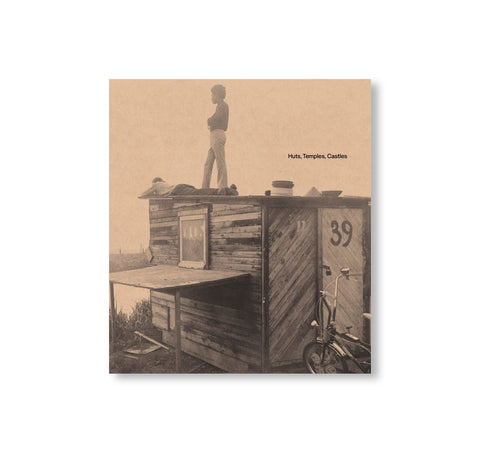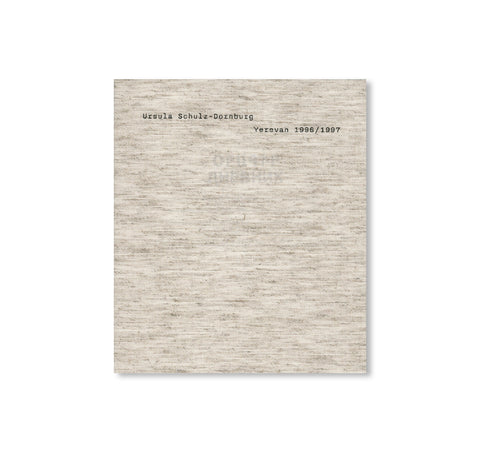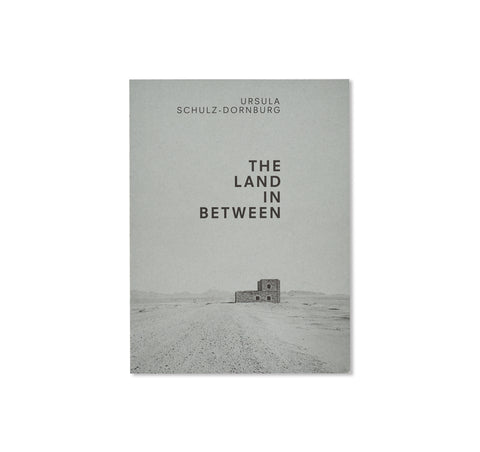BUGIS HOUSES, CELEBES by Ursula Schulz-Dornburg
ドイツ人フォトグラファー、ウルスラ・シュルツ=ドルンブルク(Ursula Schulz-Dornburg)の作品集。作者が2人の民族学者と1人の建築家と一緒にインドネシア中央部に位置するスラウェシ島のタナ・トラジャを訪れたのは1983年のことだった。アムステルダムの王立熱帯研究所が組織したこの調査隊は「サダン・トラジャの建築とその象徴的な意味の変化を明らかにする」ことを目的としていた。ランテパオからウジュンパンダン空港(※註)に戻る途中、作者は黄色い水田の上に建つブギス族(ブギス語ではト・ウギ族)の特徴的な家屋を目にした。その複雑で表情豊かな建築に魅了された作者は、出発までのわずかな時間で家々を写真に収めた。この時、こうした建物の伝統的なスタイルが失われるのも時間の問題だと思ったという。こうして生まれたこのシリーズは、家々の物理的なかたちを概観するだけでなく、家を建てるという行為の身体的・感情的な側面に関わる幅広い考え方や今なお残っている伝統という存在の不安定さについて考察している。
天と地の間、田んぼに水が一杯に入っている時は水の上に建つブギス族の家は、上位世界と下位世界の神々が婚姻を結んで人の住む大地を作ったという彼らの創世神話を反映している。そして作者が撮影した農夫たちもまた、昔からの伝統と今の世の中に生きることの過度なプレッシャーの板挟みになっている。働いたりカメラを見つめたりしている人々とその家々は、過去と未来、神話と日常のリアリティの間で均衡状態に置かれている。作者の鋭敏かつ繊細なそのイメージは、ある特定の文化と風景の中で人々が築き営んでいる人生を捉え、私たちが故郷と呼ぶ場所とは何かを徹底的に問いかけている。
※註 現マカッサル空港(正式名;ハサヌディン空港)
「ウルスラ・シュルツ=ドルンブルクは、風景や建築の崩壊とそれに続く社会的・文化的経験の喪失に焦点を置いています…彼女が捉えたスラウェシ島のブギス族の家々は過ぎ去った時代と人の営みの証です」– Deutsche Welle
「シュルツ=ドルンブルクの作品は屋の物理的な形状を記録するだけでなく、特にその土地独特の建築にはっきりと表れている、現代における伝統の不安定な地位について考察しています」– Icon誌
「真摯なアーティストの作品の例に漏れず、シュルツ=ドルンブルクの作品もまた言葉では言い尽くすことができません。彼女の作品においては鋭い政治的な知性と光、石、フォルム、輝く地平線を見つめる詩人の感性が融合しています」– The New York Times紙
In 1983, Ursula Schulz-Dornburg accompanied two ethnologists and an architect on a research trip to Tana Toraja on the central Indonesian island of Sulawesi. Initiated by the Royal Tropical Institute of Amsterdam, the trip was intended to “explore the changing patterns in architecture and symbolism among the Sa‘dan Toraja”. On the way back from Rantepao to Ujung Pandang airport, Schulz-Dornburg passed the distinctive houses of the Bugis or To-Ugiq people, perched on the yellow paddy fields. Fascinated by their complex, expressive architectures, she began to photograph the houses in the short time she had before leaving, realising that the structures would likely not exist in their traditional form for much longer. The result is a body of work that not only surveys the houses’ physical forms but also considers wide-ranging ideas of physical and emotional homebuilding and the precarious place of tradition in the present day.
Poised between heaven and earth and standing above the water when the rice fields are flooded, the Bugis houses reflect the creation myth of their people, in which the gods of the upper and lower worlds came together to create man to populate the uninhabited middle world. The farmers depicted by Schulz-Dornburg are likewise suspended between historic tradition and the impending pressures of the contemporary world. As they go about their work or greet her camera, they and their homes are held in the balance between past and future, mythology and everyday reality.
With these shrewd and sensitive images, Schulz-Dornburg captures life as it is built and lived within a particular culture and landscape, offering a searching reflection on the places we call home. With a text by Sirtjo Koolhof.
‘Ursula Schulz-Dornburg ... focuses on the disintegration of landscapes and architecture, and the subsequent loss of social and cultural experiences ... Her impressions of the Bugis houses in Sulawesi bear witness to bygone eras and ways of life.‘ – Deutsche Welle
‘Schulz-Dornburg’s body of work not only documents the houses’ physical forms ... but reflects on the precarious place of tradition in the present day, particularly as expressed through vernacular architecture.‘ – Icon
‘Like that of all serious artists, [Schulz-Dornburg's] work [is] more than how it can be described: a keen political intelligence combined with a poet’s feeling for light, stone, form and shimmering horizons.’ – The New York Times


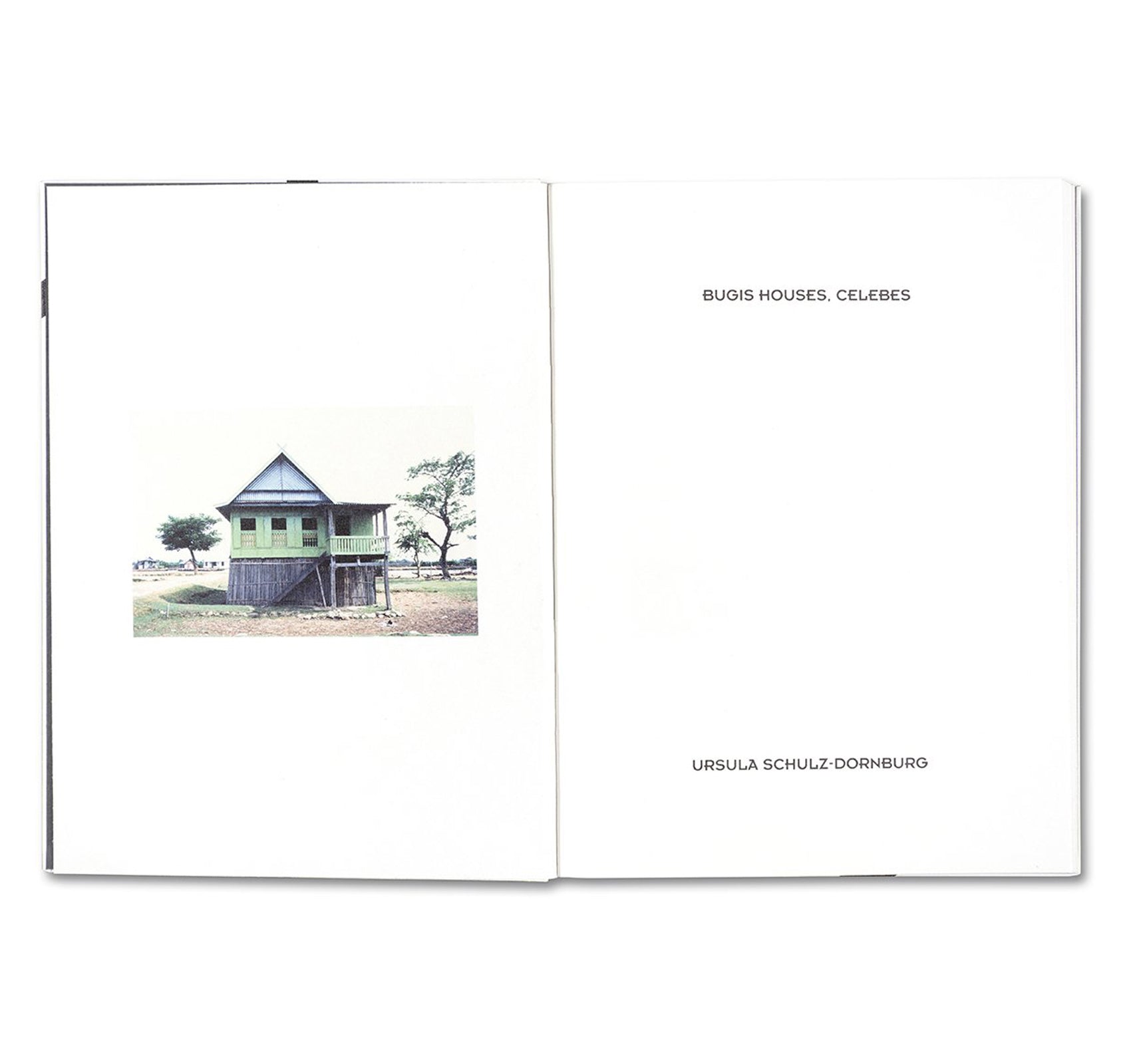
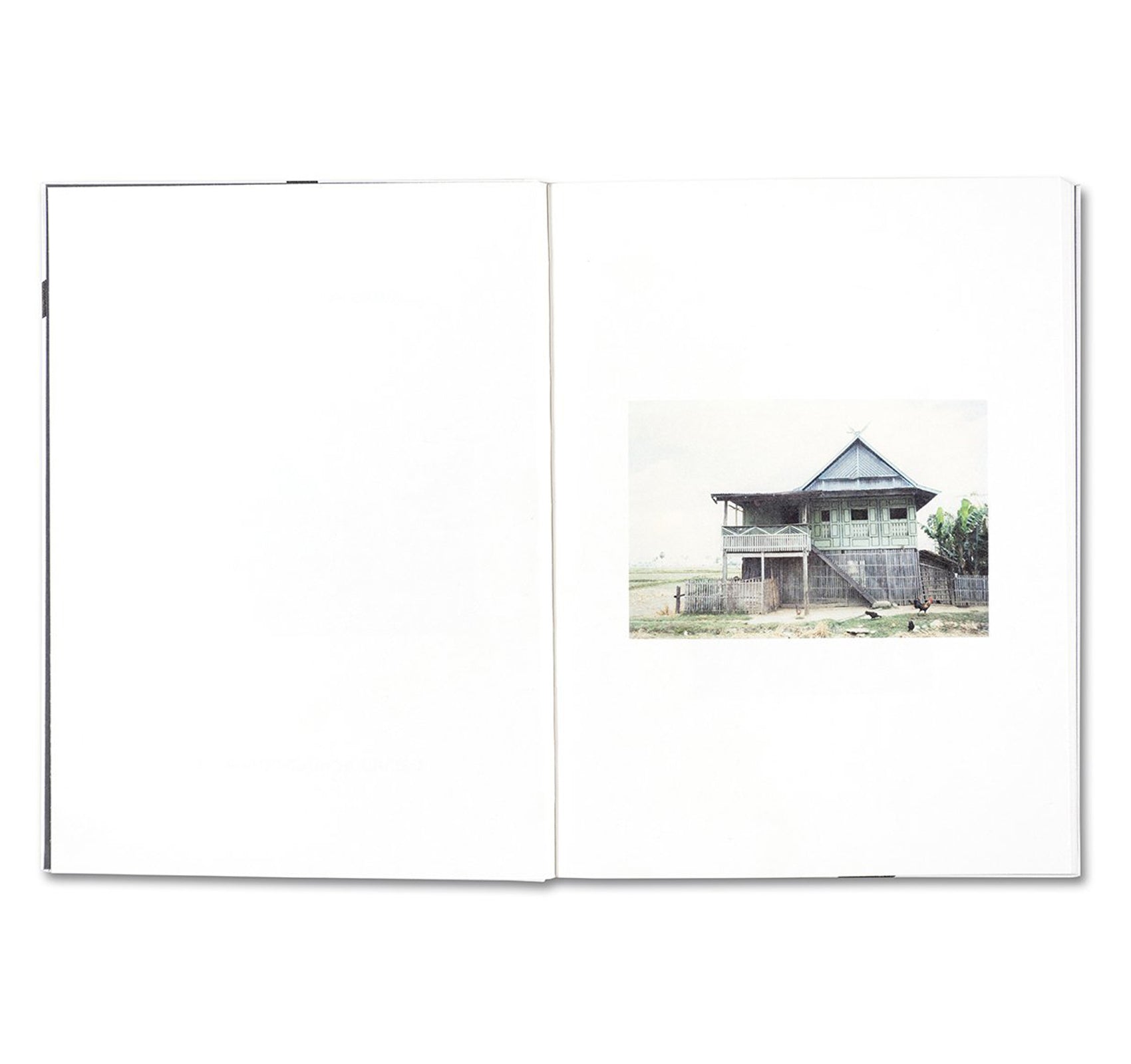
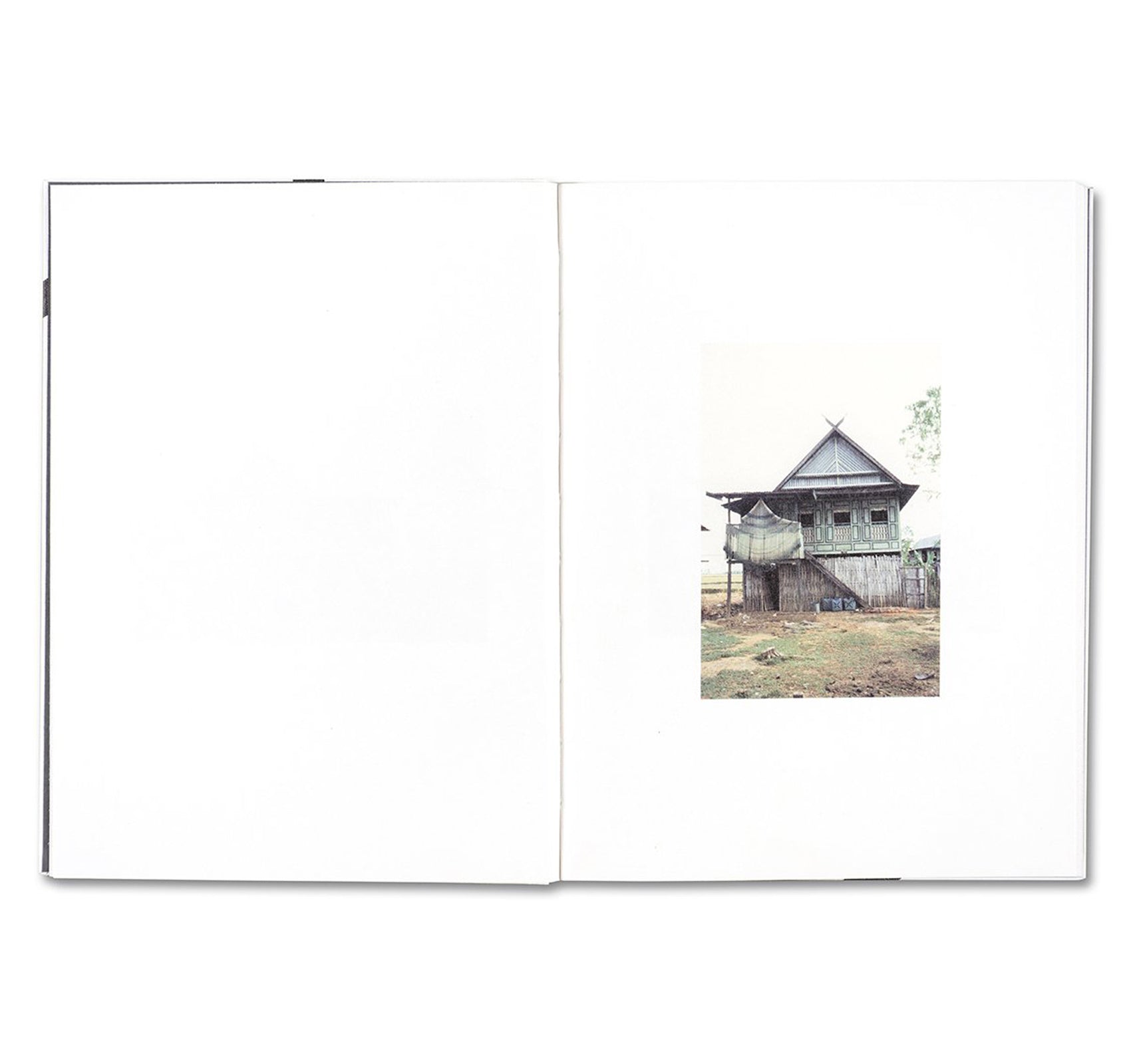
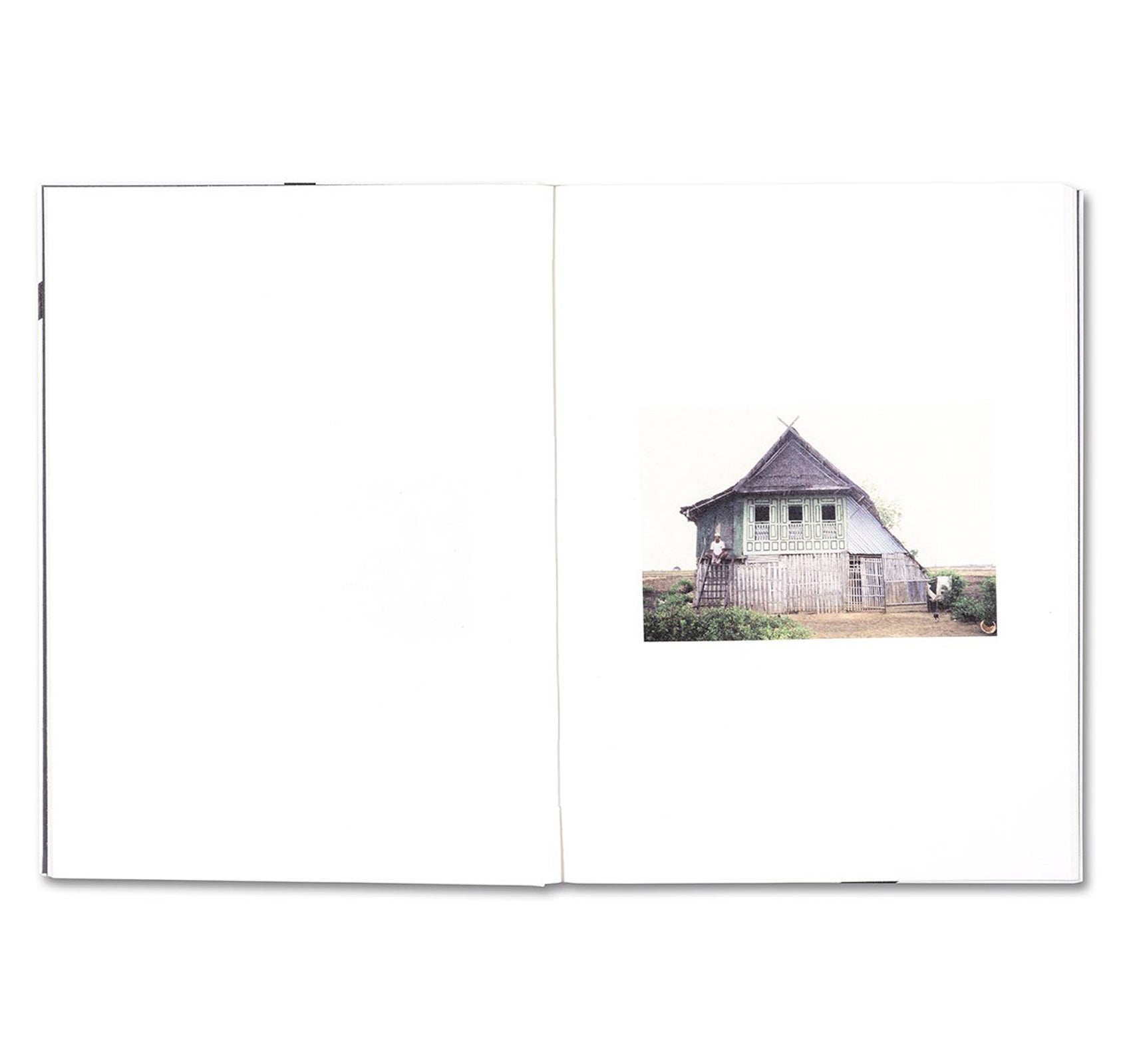
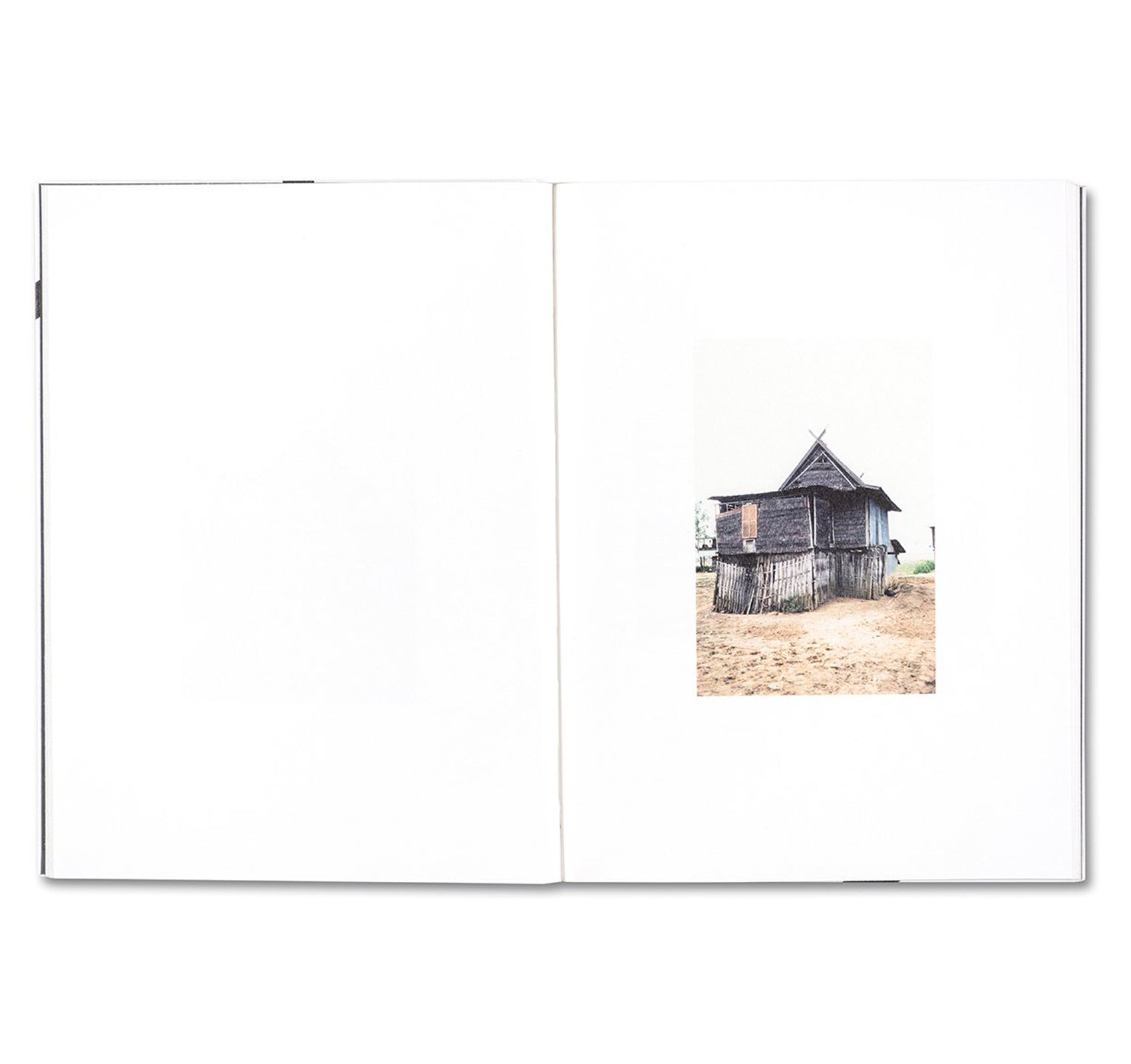
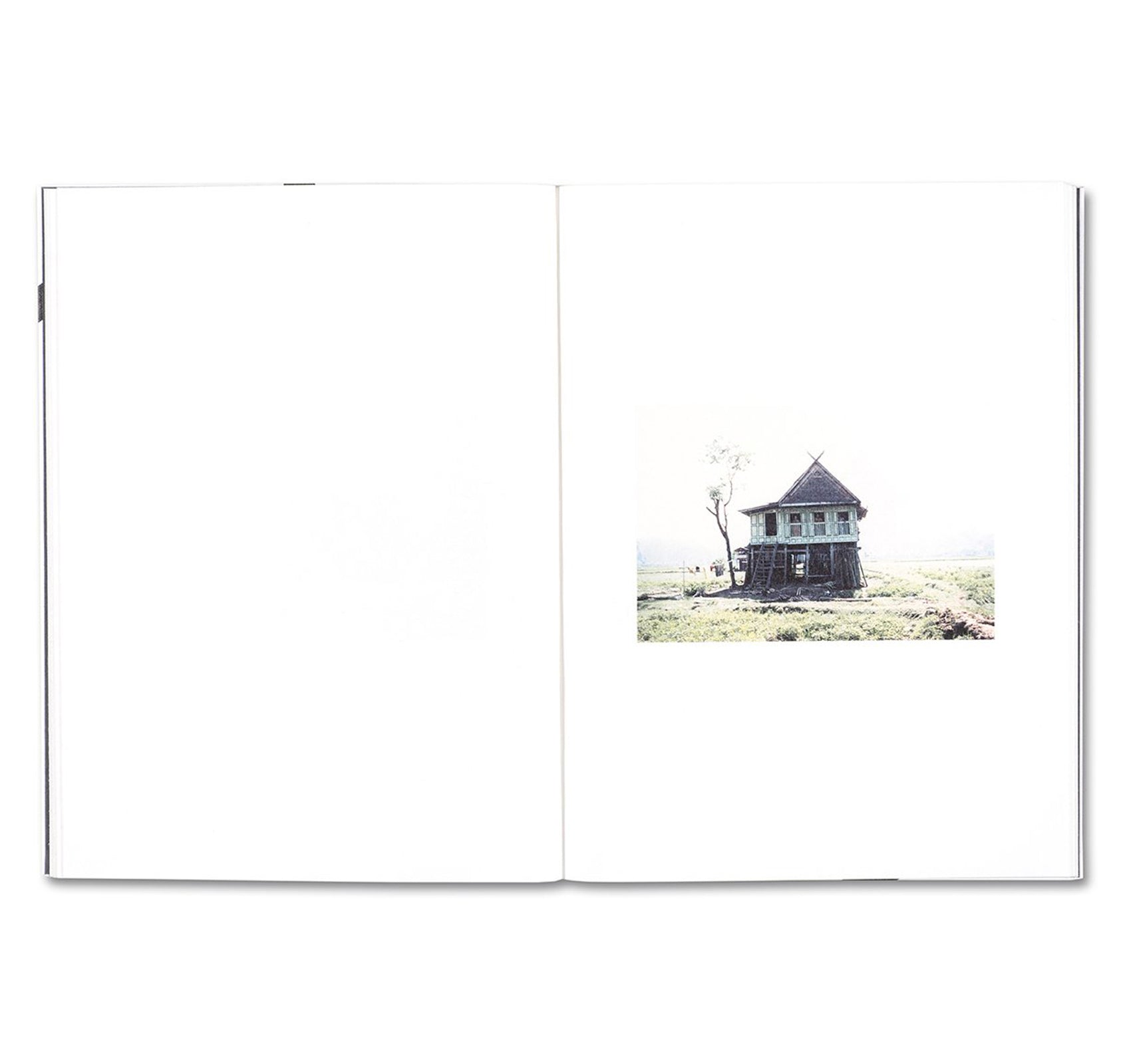
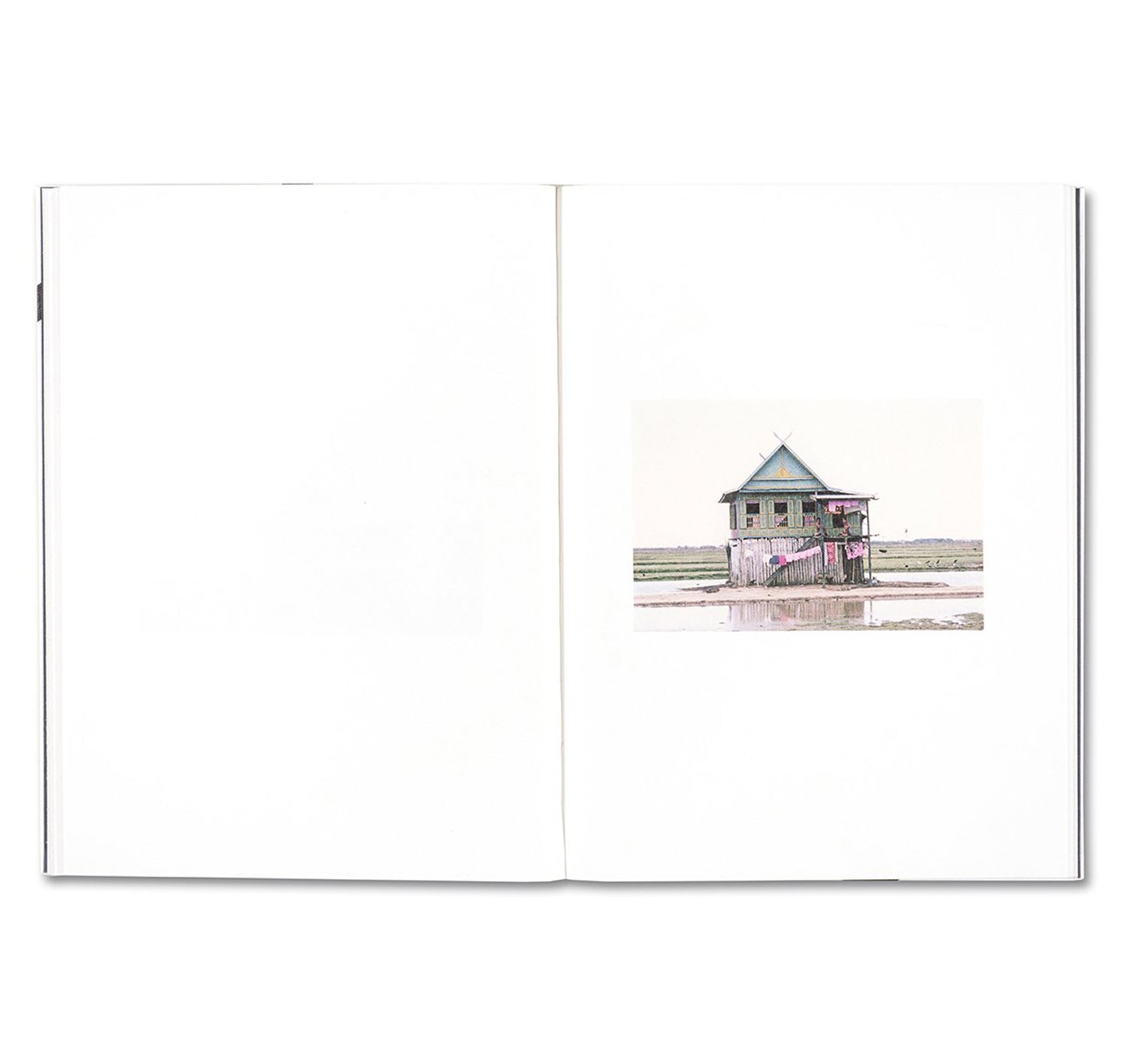
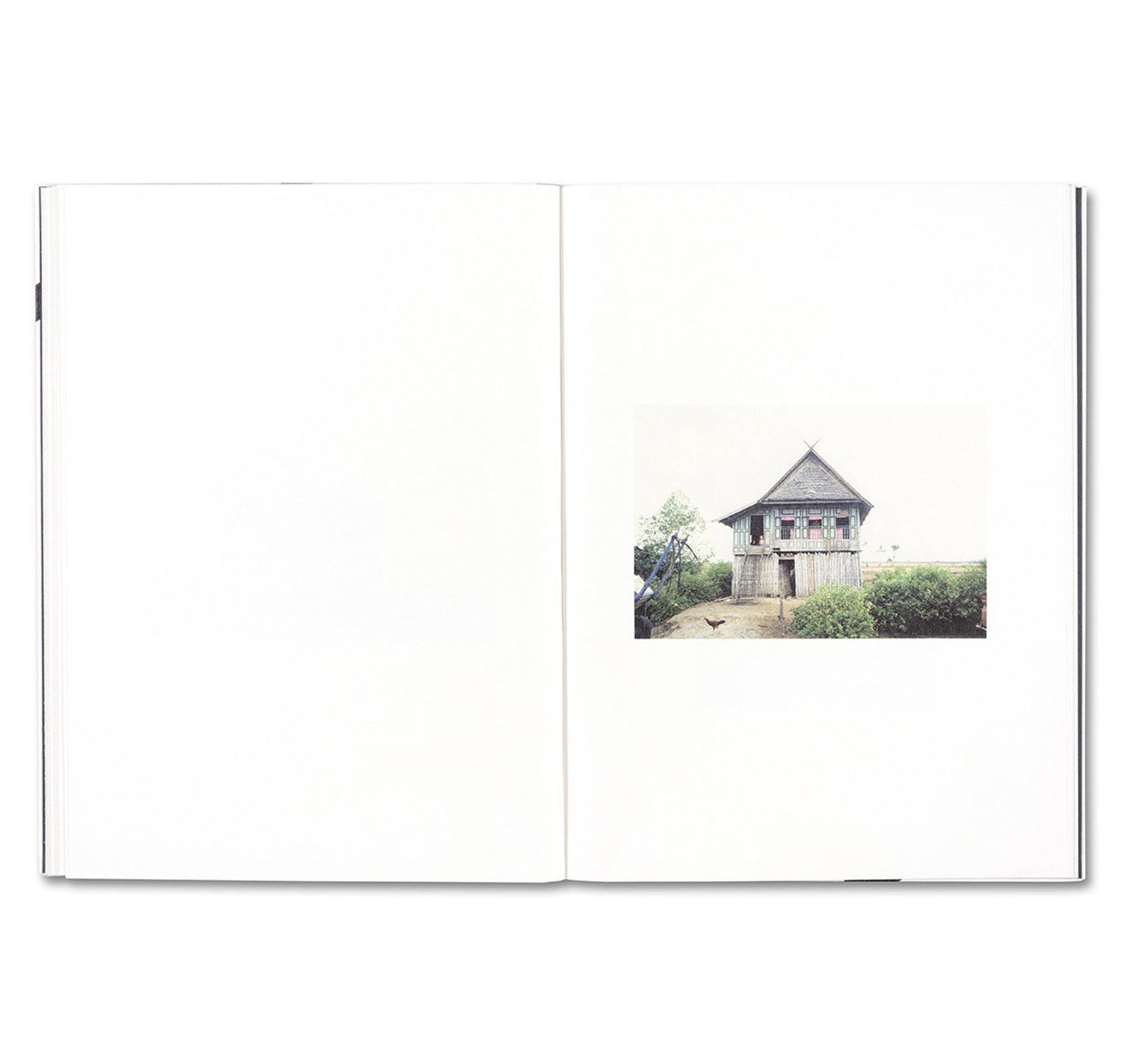
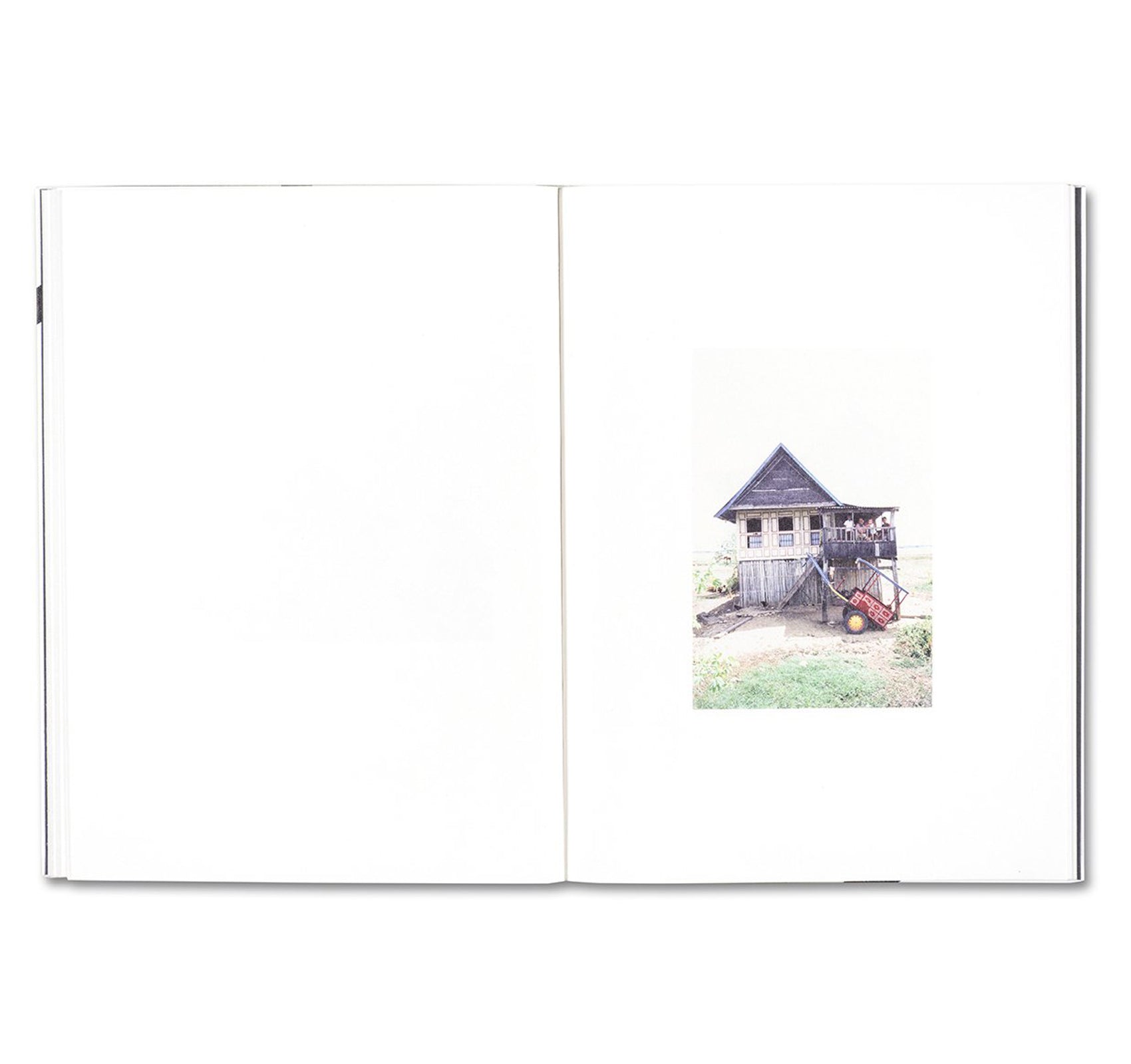
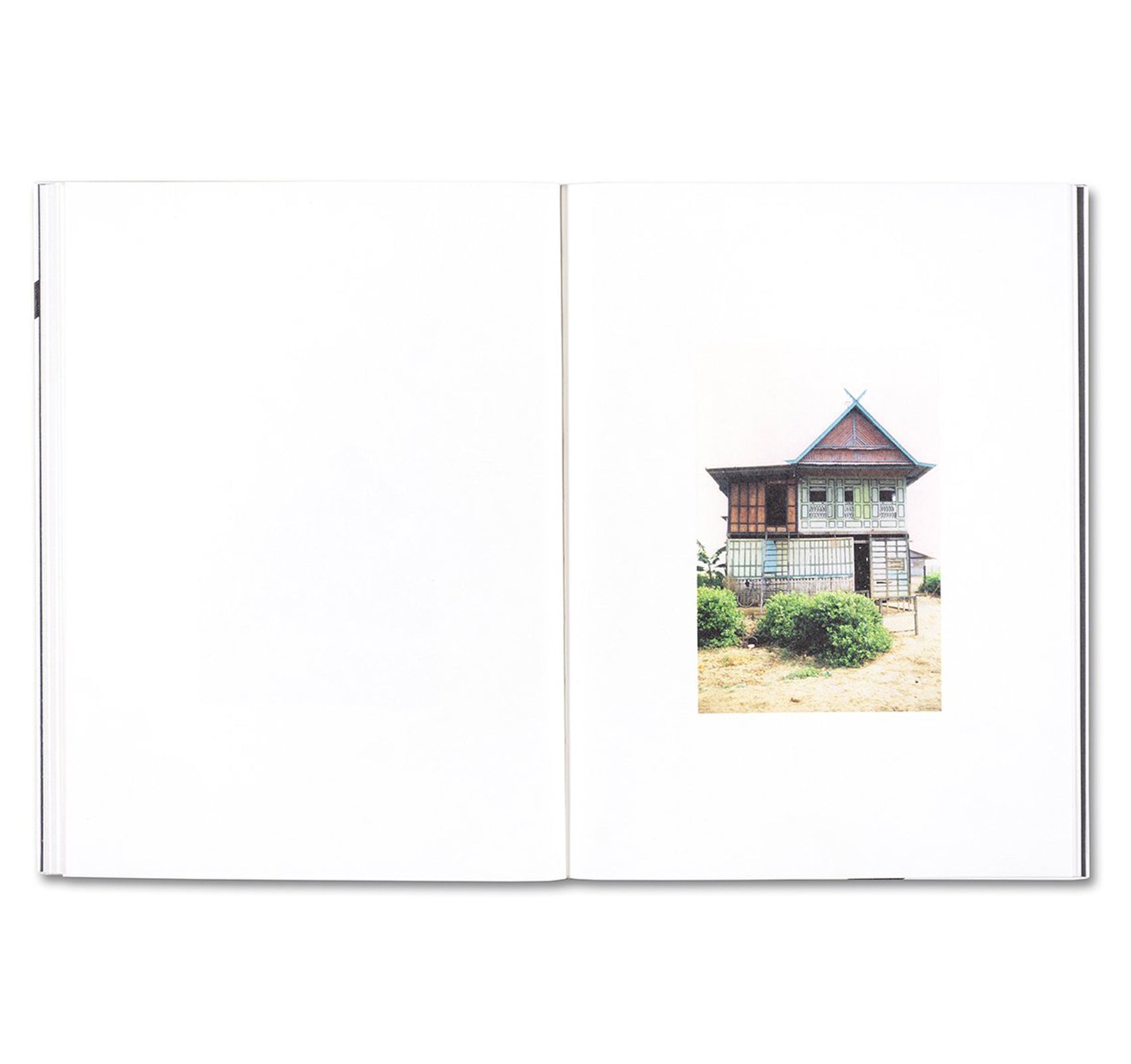
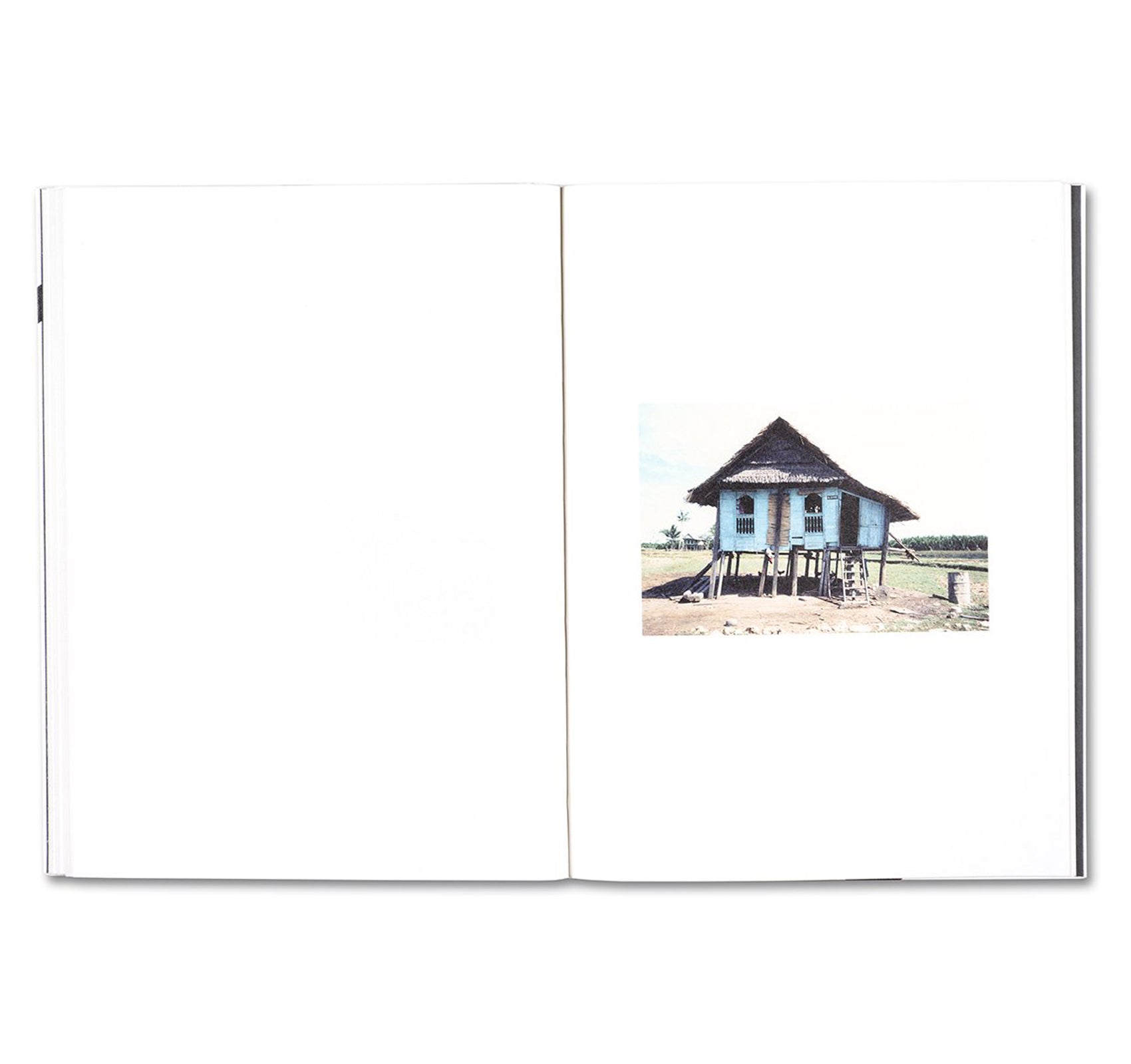





![HUTS, TEMPLES, CASTLES by Ursula Schulz-Dornburg [SIGNED]](http://twelve-books.com/cdn/shop/products/00_96818e34-6195-472c-966f-f9c1f4b23c3e_large.jpg?v=1664525880)
